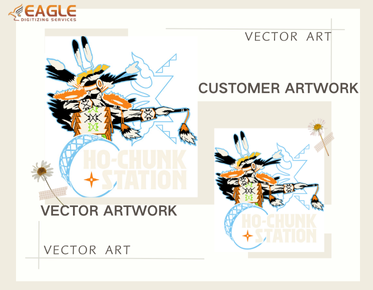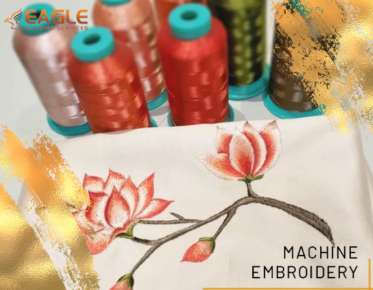Converting Raster Graphics to Vector Graphics
In the dynamic world of digital art and design, the ability to convert a raster graphic into a vector graphic is not only possible but also essential for scaling and maintaining design integrity. Raster graphics, composed of pixelated images, often face limitations in scalability without losing quality, making them less ideal for print media where crisp lines and scalability are crucial. In contrast, vector graphics use mathematical equations to define paths and shapes, enabling them to retain quality at any size.
Understanding the Basics
Raster graphics are made up of a fixed set of pixels and are often used in photography and digital artwork for their rich detail and color depth. However, enlarge these images beyond their resolution limit, and you’ll notice blurriness and pixelation. This is where vector graphics shine through, especially in fields like logo design, where crisp clarity is necessary.
Vector graphics are created using software like Adobe Illustrator or CorelDRAW and can be infinitely scaled without quality degradation. This scalability and precision are why many designers prefer converting their raster images to vectors for certain applications.
The Conversion Process
Converting a raster to a vector involves tracing the image to create paths that form the vector. Many design tools offer automated tracing features, and specialized services like those provided by companies such as Eagle Digitizing excel in this domain. Eagle Digitizing offers fast and affordable vector conversion services, making it easier than ever to transform detailed raster images into crisp vector graphics.
Why Convert?
The primary reason to convert raster images to vector formats is to take advantage of the superior scalability of vectors. This is critically important for businesses involved in producing graphics for large-format prints such as banners, vehicle wraps, and promotional materials. Using vector graphics ensures that the final product is crisp and clear, no matter the size.
Another key advantage of vector graphics is ease of editability. Unlike raster images, you can easily modify individual elements of a vector graphic, providing greater flexibility in design. Vector format is also essential for processes like screen printing and embroidery where accuracy in design and color is paramount.
Choosing the Right Service
While some might opt for software solutions to manually trace images, professional vectorization services ensure accuracy and save time. Companies like Eagle Digitizing provide a range of services that cater to complex designs that might be challenging to vectorize manually, offering tailored solutions for specific industry needs such as promotional and wholesale vector designs.
Applications Across Industries
The conversion of raster to vector opens new avenues for design and application, from marketing agencies to individual artists needing high-quality prints. With professional vector conversion, designs that were once limited to digital screens can now be translated into high-impact visual materials suitable for a variety of uses.
Considerations for the Future
As technology continues to evolve, the need for adaptable and scalable design will only increase. For businesses looking to maintain their competitiveness, adopting vector graphics for their print and digital needs is a wise strategy. The future will likely see even more automation and innovation in the conversion process, making it more accessible and efficient.
With enhanced tools and services dedicated to vector conversion, the path from raster to vector is smoother than ever, offering designers and businesses alike the flexibility and quality they need to thrive in a visual world.



